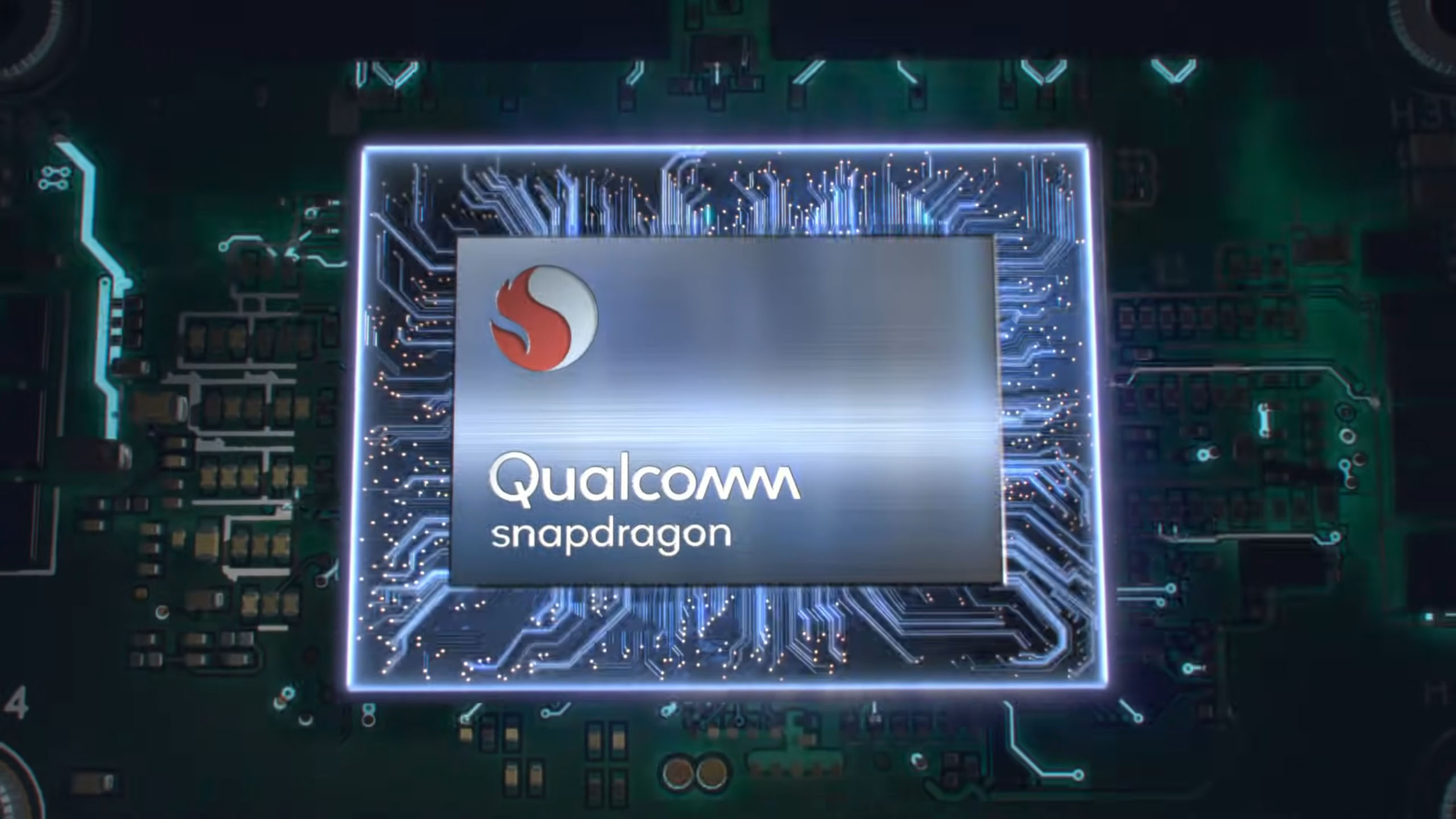Samsung could produce the flagship Qualcomm Snapdragon 895 chipset
The latest flagship chipset of the company Qualcomm is Snapdragon 888+, which is produced by a 5 nm LPE manufacturing process from Samsung. According to the portal SamMobile the American chip manufacturer is satisfied with the cooperation with the South Korean giant, because it should also entrust it with the production of its next year’s flag chipset.
The Qualcomm Snapdragon 895 could be the first 4 nm chipset
The portal is based on the claim of a popular leader with a nickname Ice Universe (@UniverseIce)who claims that Qualcomm wants to take advantage of Samsung ‘s new 4 nm manufacturing process. He also points out that Qualcomm does not currently have many options for where to turn with production. The Chinese manufacturer TSMC, which assembles most of the chips currently in production, is busy with orders for the upcoming Apple A15 Bionic and Apple M1X chipsets.
The flag processor designation should be Qualcomm Snapdragon 895 and could be the first 4 nm chipset on the market. Its official performance is expected at the end of the year. According to speculation, Kryo 780 should use cores, which will be built on the recently introduced Cortex-X2, Cortex-A710 and Cortex-A510 cores from ARM.
The graphics core should be the Adreno 730, a 5G Snapdragon X65 modem, and support for four-channel LPDDR5 RAM should not be missing. Leaker also claims that an improved version of Snapdragon 895+ should be produced by the Chinese TSMC in a year’s time. According to the portal SamMobile however, it would not make sense to change the manufacturer in such a short time just because of a slightly modified version of the chipset.
Samsung wants to reduce TSMC’s lead with a huge financial investment
The portal also recalls the current shortage of chips, which has led to production delays in the automotive, computer, gaming, home appliances and smartphones. Samsung recently had to postpone the launch of the Galaxy S21 FE due to this shortcoming. The company is also looking to reduce TSMC’s lead in terms of quality and manufacturing capacity by investing $ 151 billion in chip manufacturing over the next ten years.



